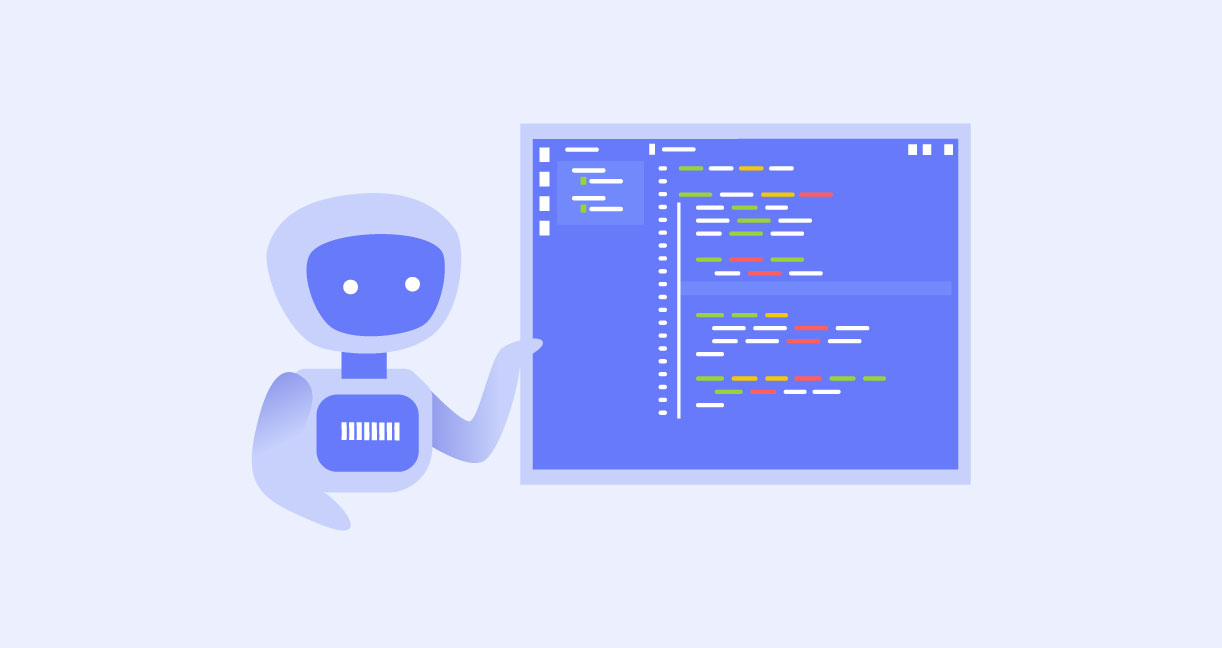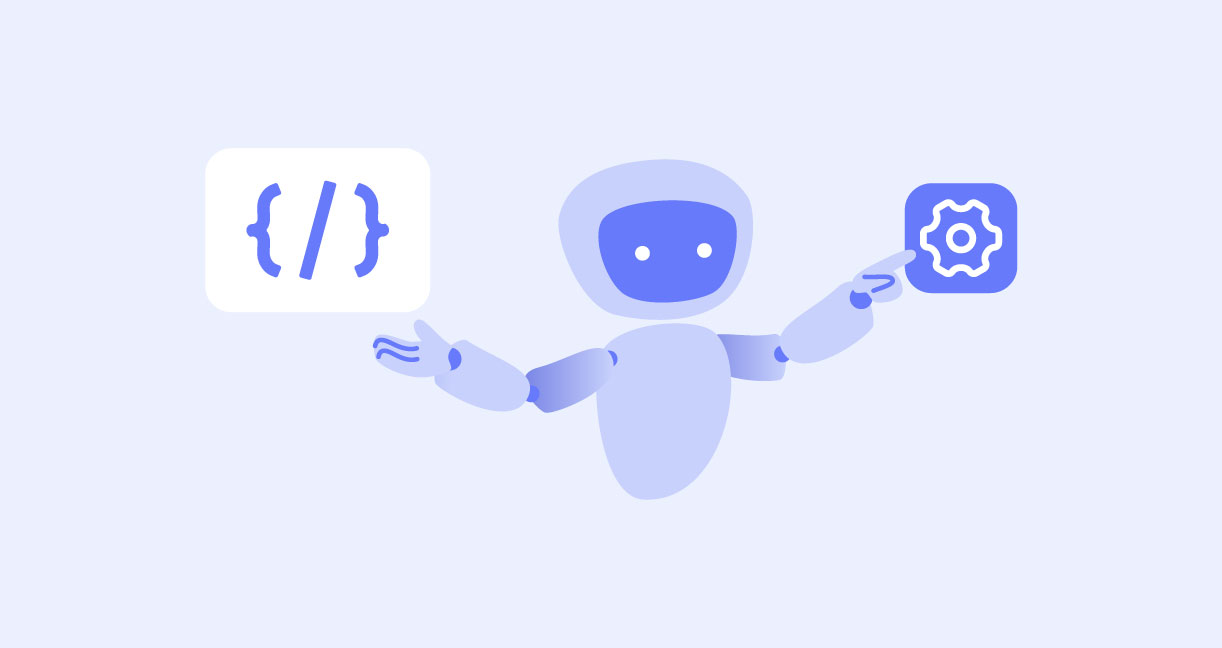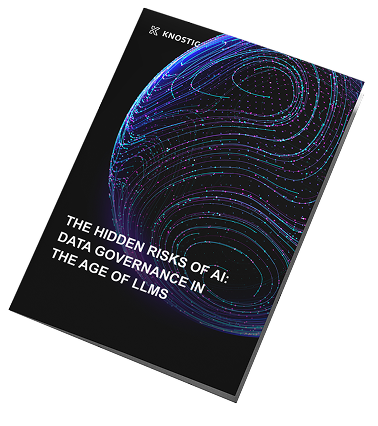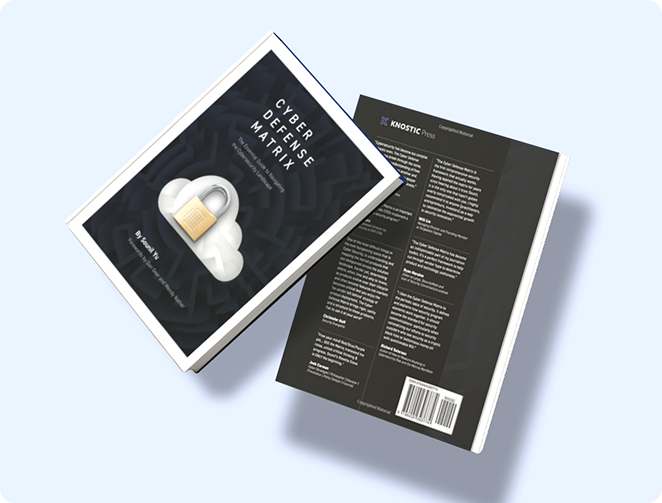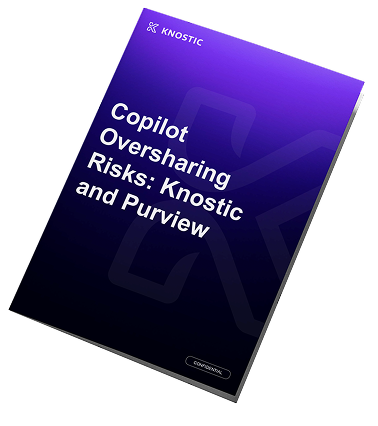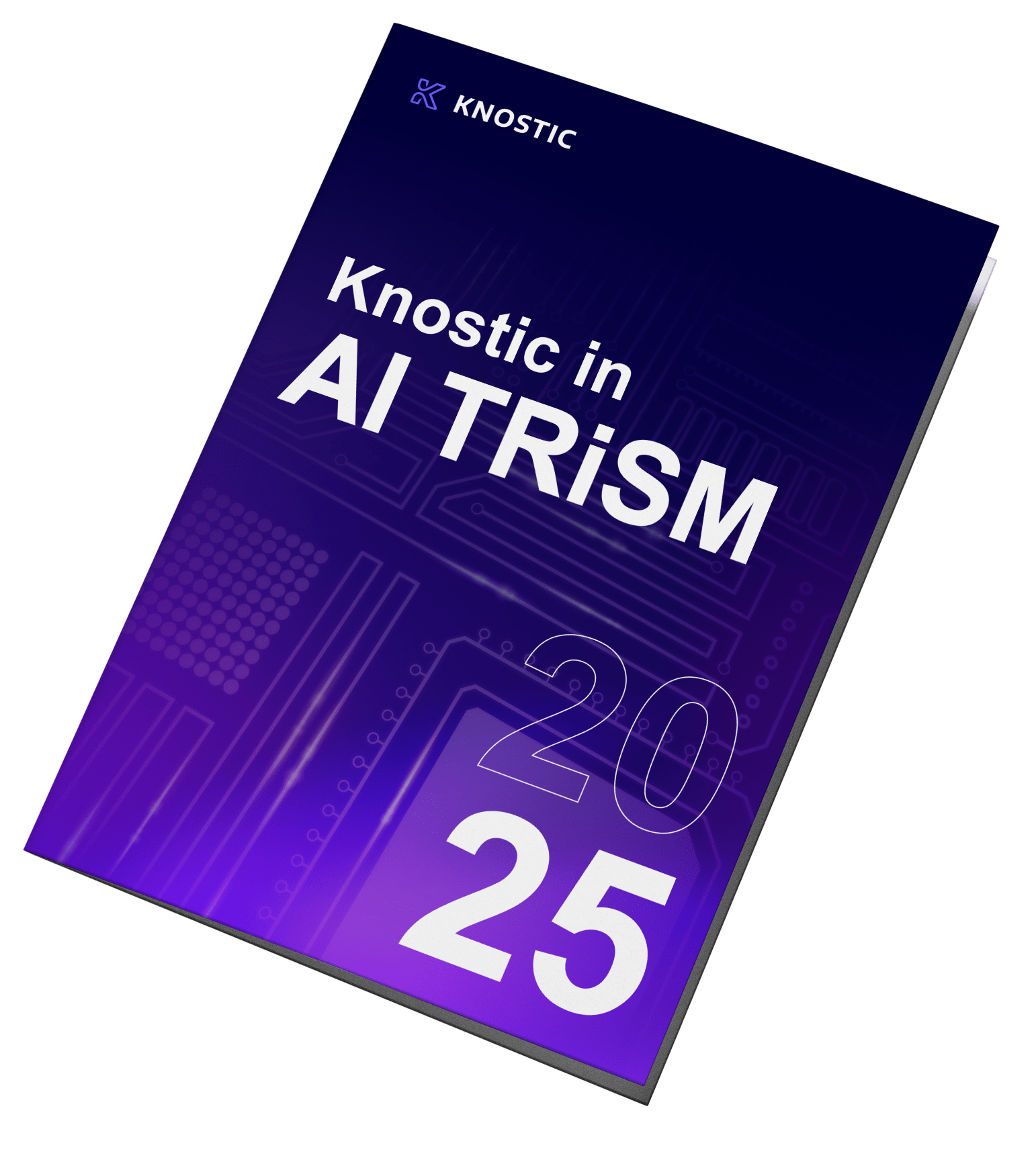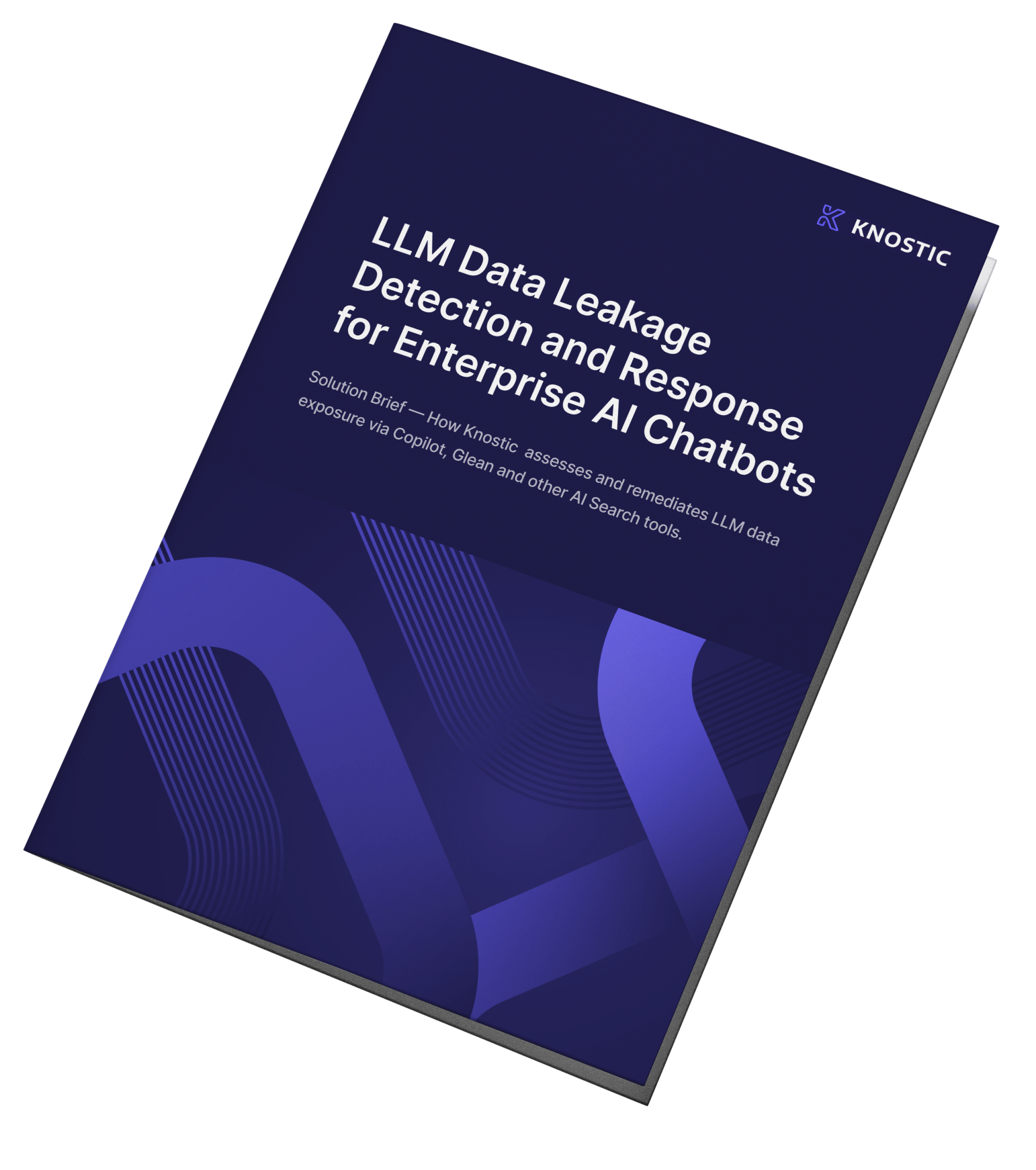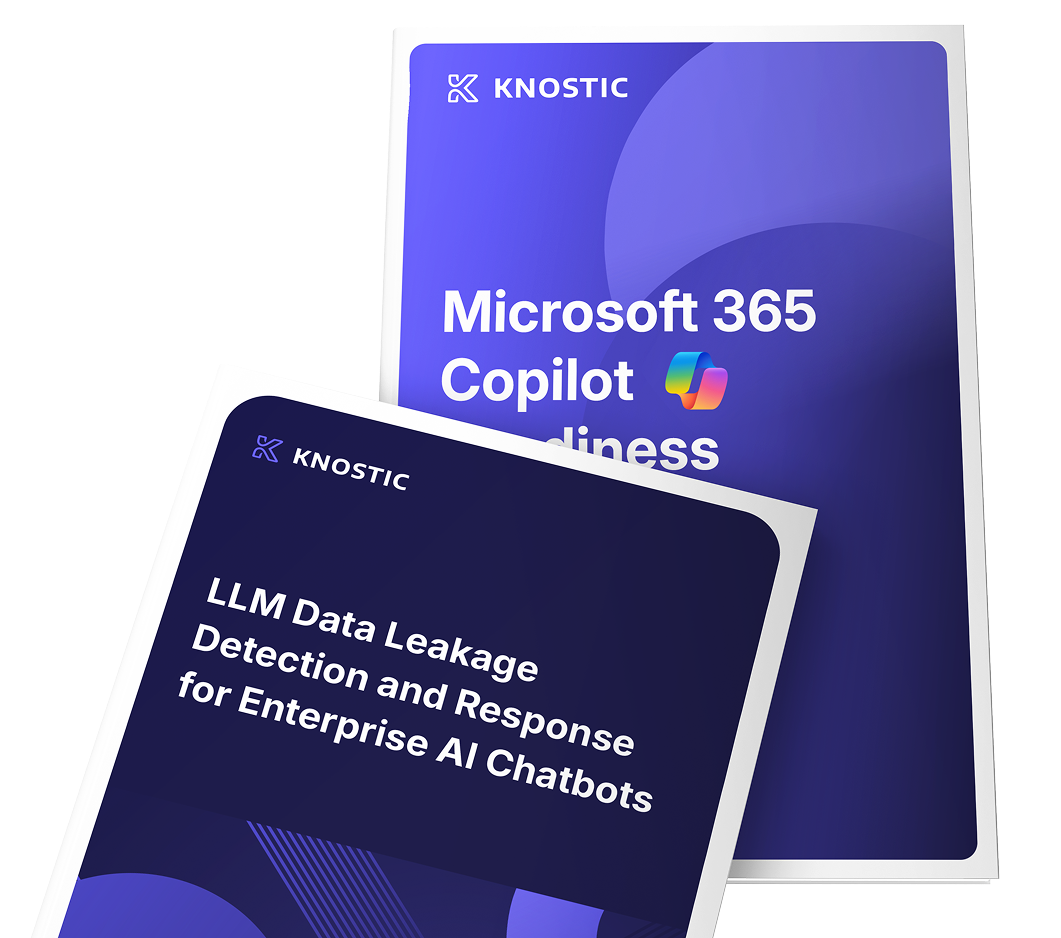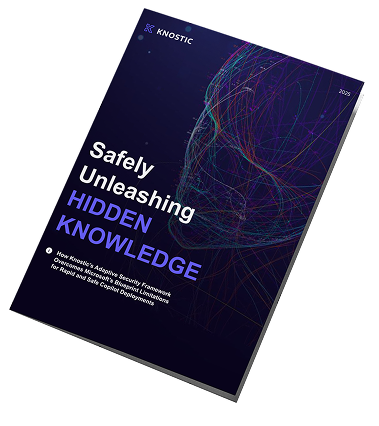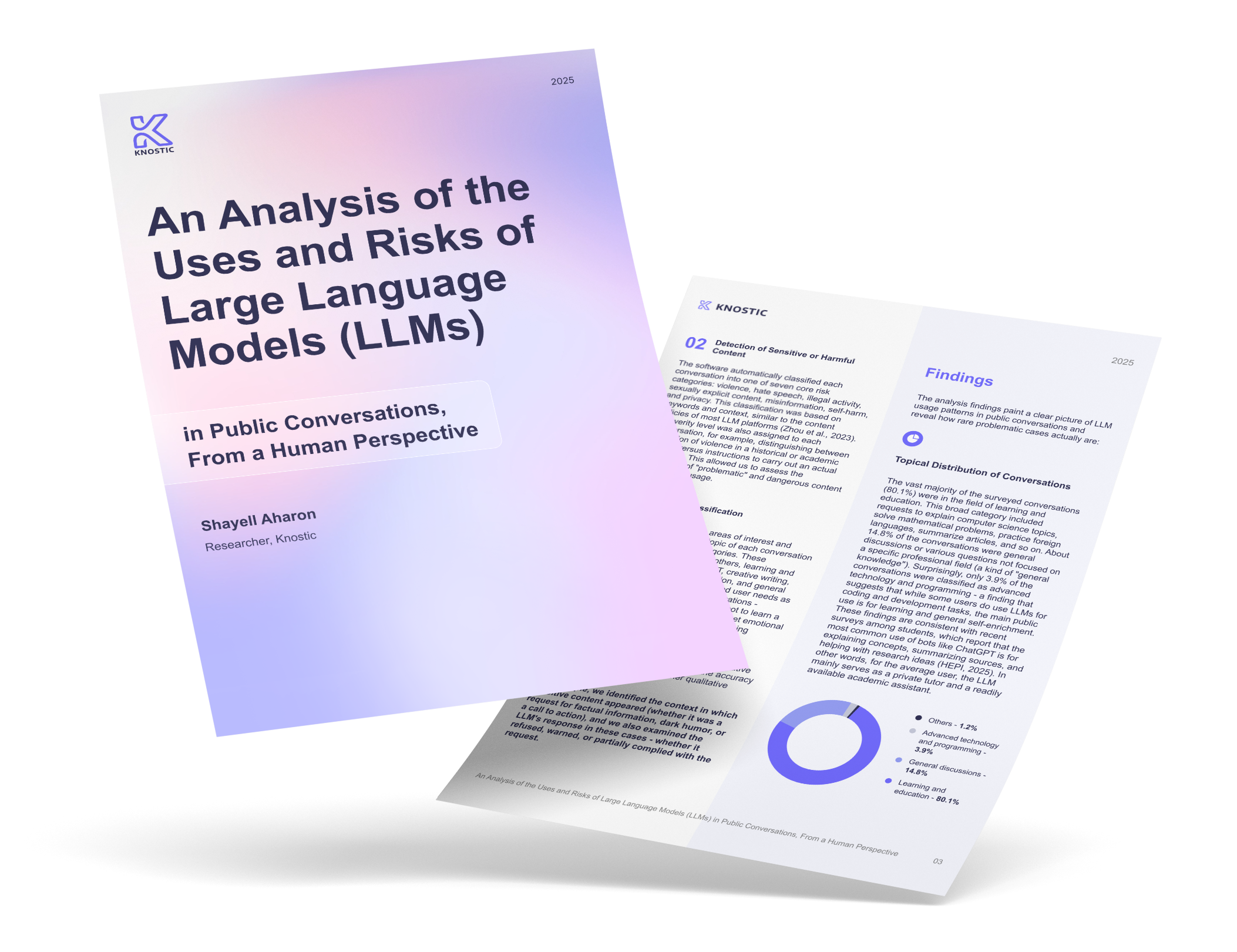Fast Facts on AI Security Audit
-
An AI security audit evaluates GenAI systems for safety, compliance, and reliable behavior across real-world conditions, not for technical performance.
-
An AI security audit analyzes six key dimensions: functionality, data privacy, transparency, ethics, compliance, and security, to identify business-critical issues such as hallucinations, sensitive data leakage, biased outputs, and regulatory non-compliance.
-
Nearly 60% of enterprises utilize GenAI tools without formal governance or audit processes, thereby exposing them to significant legal, ethical, and reputational risks.
-
5 key components of every AI security audit are mapping data flows, verifying sensitivity labels, testing for injection vulnerabilities, monitoring AI events, and ensuring explainability.
What Is An AI Security Audit
An AI security audit represents a structured process that evaluates the security and reliability of a GenAI system. It goes beyond traditional IT security audits by analyzing model behaviors, data flow, and the resulting AI outputs. The goal is to determine whether the system behaves as intended, whether it exposes sensitive information, and whether it meets legal and ethical standards.
Nearly two-thirds of organizations are deploying GenAI without formal governance or LLM audit controls in place. A Deloitte survey found that 21% of GenAI power users and 41% of lighter users had no controls in place to govern their use. Overall, nearly 60% are using GenAI without formal oversight. That governance gap presents clear risks, especially in finance, healthcare, and defense, where compliance and data confidentiality are non-negotiable. An AI security audit addresses these risks by conducting detailed testing of the system stack, including data flows, model versions, prompt behavior, real-time responses, and exception handling, all under real-world usage patterns. Effective audit programs standardize on AI security tools to capture prompt–response lineage and policy-enforcement results, producing audit-ready evidence and accelerating remediation.
As LLMs become embedded in enterprise workflows, the importance of auditing prompt flows, response patterns, and oversharing risks cannot be overstated. Even tech giants like Samsung are susceptible, with reports of multiple instances of confidential internal data shared via ChatGPT. These real-world examples illustrate the necessity for formal AI security audits that encompass a comprehensive examination of data pipelines, model versions, prompt behavior, and interactive outputs. Auditing is now a baseline requirement, not a differentiator.
Key Aspects of An AI Security Audit
Auditing generative AI systems requires more than checking code or access controls. Each domain demands specialized evaluation to ensure reliable, compliant, and safe AI behavior under real-world conditions.
Functionality
Functionality focuses on whether an AI system performs its intended tasks accurately and reliably. This is not just about whether a model “works”; it is about consistently producing high-quality output across edge cases. For example, a 2024 Stanford study showed that legal-domain models hallucinated up to 82% of the time, and even retrieval-augmented legal tools misbehaved in 17-34% of cases. A good LLM audit probes these weaknesses using a wide range of input prompts and decision conditions. Auditors can strengthen functional assessments by using various techniques, such as prompt fuzzing, where random or malformed prompts are injected to simulate unpredictable user behavior. In addition, functionality testing also involves model version control. When weights or fine-tunings change, the audit ensures the shift does not introduce regressions or new vulnerabilities.
Data privacy
GenAI systems utilize a large dataset for both training and inference. An LLM audit must verify whether any of this data is personally identifiable, sensitive, or confidential and whether it is adequately protected. The EDPB’s Opinion 28/2024 explicitly notes that AI models cannot be deemed anonymous by default, since training sets may still contain personal data that can potentially be extracted. Therefore, supervisory authorities must assess whether personal data can be retrieved from a model through “means reasonably likely to be used” (like membership inference or model inversion techniques). An audit should trace data transparency from prompt to output. It must verify encryption at rest and in transit, support for access control, and the accuracy of metadata labeling. Using audits, many organizations discover that training sets include outdated or non-compliant datasets, especially when using open-source models.
Transparency
Transparency means the ability to understand how the AI system arrives at its conclusions. In practice, this includes having explainable output logs, traceability of data sources, and a clear linkage between input and model behavior. Recent research highlights a strong demand for transparency in AI decision-making. It emphasizes that consumers and enterprise stakeholders lack clarity on how AI reaches its conclusions. If you can’t see how AI works, it’s tough to trust or scale it, especially in customer-facing applications where accountability is crucial. Audits should include documentation reviews, inspection of decision logs, and explainability testing. The system must be capable of reconstructing why a specific output was generated. In the absence of this, regulators and stakeholders might consider the system a mysterious entity unsuitable for implementation in essential applications.
Ethical considerations
Ethical audits focus on bias, fairness, and unintended harm. AI systems can reflect or amplify societal biases in their outputs. According to the 2025 paper, researchers tested several open-source LLMs on 332,044 actual job postings. They found that the models consistently favored male candidates, especially for higher-wage roles. This bias was tied directly to traditional stereotypes in the job descriptions. Functional audits must include such demographic tests. They should evaluate whether the model’s callback rates differ by gender when candidates are equally qualified. Such findings may lead to discriminatory hiring practices, reputational damage, and potential scrutiny from regulatory bodies, such as the EEOC or equivalent international agencies.
Compliance
Compliance audits verify adherence to legal standards, industry best practices, and internal governance frameworks. Depending on geography and sector, compliance frameworks relevant to AI may include GDPR, CCPA, HIPAA, ISO/IEC 42001:2023, ISO/IEC 23894:2023, or the EU AI Act. According to PwC’s 2024 US Responsible AI Survey, only 58% of organizations had completed a preliminary assessment of AI risks, including governance, privacy, and bias factors. This suggests that 42% of companies have yet to conduct even basic compliance checks, leaving them vulnerable to legal action, regulatory fines, and reputational damage in case of system failures or audits. A comprehensive AI security audit ensures that GenAI risk assessment results, data processing agreements, data protection impact assessments, and model records are all current and well-documented
Security
Security audits inspect how well the AI system defends against misuse, breaches, and adversarial threats. This includes prompt injection, output manipulation, training data poisoning, and unauthorized access. Research shows that structured semantic jailbreak attacks succeed up to 87% of the time against leading commercial LLMs. This technique systematically manipulates input at a semantic graph level, bypassing typical guardrails. A semantic jailbreak works by rewriting a malicious prompt in ways that retain its meaning while evading keyword-based filters, for example, by asking the model to ‘hypothetically’ describe harmful actions or using synonyms to avoid detection. Security-focused audits simulate attack patterns, verify access logs, and test redaction systems to ensure that adequate security measures are in place.
Who Conducts AI Security Audits in Enterprises?
A combination of internal and external actors handles AI security audits. Internally, security and compliance teams often lead the effort. They include cloud security engineers, IAM specialists, and data protection officers. Their role is to map risks across access control, prompt behavior, and model explainability. However, as GenAI systems expand, these internal teams are frequently stretched too thin to audit the full surface area.
Most internal tools, such as DLP, SIEM, or Purview, were not designed for inference-level tracking. They often lack real-time visibility into how models recombine context across sources or which prompts triggered sensitive data exposure. Without prompt traceability or inference logging, internal teams are effectively blind to how and when knowledge is shared.
External auditors are often brought in to fill the gap. They include AI governance firms, certified compliance consultants, and third-party cybersecurity vendors. These specialists bring advanced red-teaming skills, model inversion testing capabilities, and policy traceability techniques. In 2024, ISACA reported that nearly 45% of organizations excluded cybersecurity teams entirely from GenAI development and deployment efforts. This means that almost half of enterprises proceed without internal security oversight or red teaming capacity.
5-Step AI Security Audit Checklist
Ensuring enterprise AI governance requires a methodical audit of the entire prompt-to-output chain. The following five steps provide a framework for identifying, assessing, and addressing AI-driven risks in enterprise environments.
1. Map data flows from the user prompt to the LLM output
Start by tracing every step of the LLM interaction: who sent the prompt, what content was retrieved, and how the model generated the output. This mapping must include intermediary context windows, vector stores, and external plugins. Most audit failures stem from a lack of understanding of the context in which the model was accessed.
2. Verify sensitivity labels against real content usage
Many organizations rely on manual labeling or default Microsoft Purview tags. But these are static and often inaccurate. Microsoft’s support documentation highlights ongoing issues where auto-labeled documents may not adhere to expected protection policies, and label inheritance can fail in environments such as SharePoint or Outlook. Auditors must compare sensitivity tags against how the LLM uses content in context. To move beyond static labels, enterprises can implement usage-based DLP tagging, where sensitivity is inferred from user interaction patterns, context of access, and downstream usage.
3. Test prompts for oversharing, injection, jailbreak chaining
Enterprise LLMs remain vulnerable to advanced prompt techniques. A 2025 study on prompt chaining showed that 73.2% of tests using a segmented and distributed adversarial strategy successfully bypassed LLM safety filters and produced malicious code. Audits must include sequences of prompts designed to challenge oversharing prevention mechanisms or expose prompt injection.
4. Review monitoring and alert coverage for AI events
AI interactions aren't always logged like traditional app events. This step ensures operational visibility, tracking when and how AI systems respond to user input across various systems. It answers the 'what happened' question. SIEMs and DLP tools may miss what the model infers, as opposed to just input-output.
5. Confirm explainability logs for regulatory traceability
Auditors need evidence of how each AI decision was made. Here, the focus is on reconstructing the 'why' behind the model's output, linking decisions back to prompts, context, policy, and data source. This includes prompt origin, context structure, user identity, data sources, and policy enforcement results.
How Knostic Strengthens Your AI Security Audit
Knostic is purpose-built for enterprise AI security audits and focuses on the “knowledge layer,” the gap between raw data access and AI-generated output. It analyzes how knowledge is inferred through real usage patterns by examining metadata, context, and access behavior to dynamically enhance sensitivity classifications. It maps these AI-derived outputs back to document permissions and flags discrepancies when responses exceed policy boundaries.
The platform simulates prompts from real users, surfacing high-impact exposure risks in minutes. This helps organizations prioritize remediation based on real business impact, not just theoretical vulnerability.
Flagged violations are logged and surfaced for compliance review and governance refinement. Knostic’s Explainability Dashboard enables real-time traceability by linking prompts, documents, access context, policy rules, and AI responses, delivering actionable audit trails and aiding forensic and compliance efforts.
What’s Next
Knostic offers a streamlined, real-time platform that simulates prompts, visualizes knowledge exposure, and tracks inference-based data access across enterprise systems. Whether you’re using an off-the-shelf solution or your own internal LLM deployment, start auditing now. Visit https://prompts.knostic.ai
FAQ
- What is an AI security audit?
An AI security audit represents a structured evaluation that tests the behavior, safety, and compliance of AI systems, especially LLMs, in enterprise settings.
- How does an AI security audit differ from LLM red-team assessments?
Red-teams are simulated adversarial attacks, usually manual and scenario-based. They test if a model can be tricked into leaking or generating harmful content through any means. But AI security audits go deeper. They assess system-wide behavior, trace data flows, confirm policy enforcement, and verify explainability. While red-teaming is a test, auditing is a complete diagnostic.
- How often should enterprises perform an AI security audit?
Models update frequently, prompts change, and enterprise data evolves daily. Audits should be conducted continuously, or at a minimum, every quarter.
- What KPIs show audit readiness for GenAI?
KPIs for GenAI audit readiness include prompt traceability coverage, oversharing rate, policy enforcement accuracy, redaction effectiveness, and audit trail completeness.

